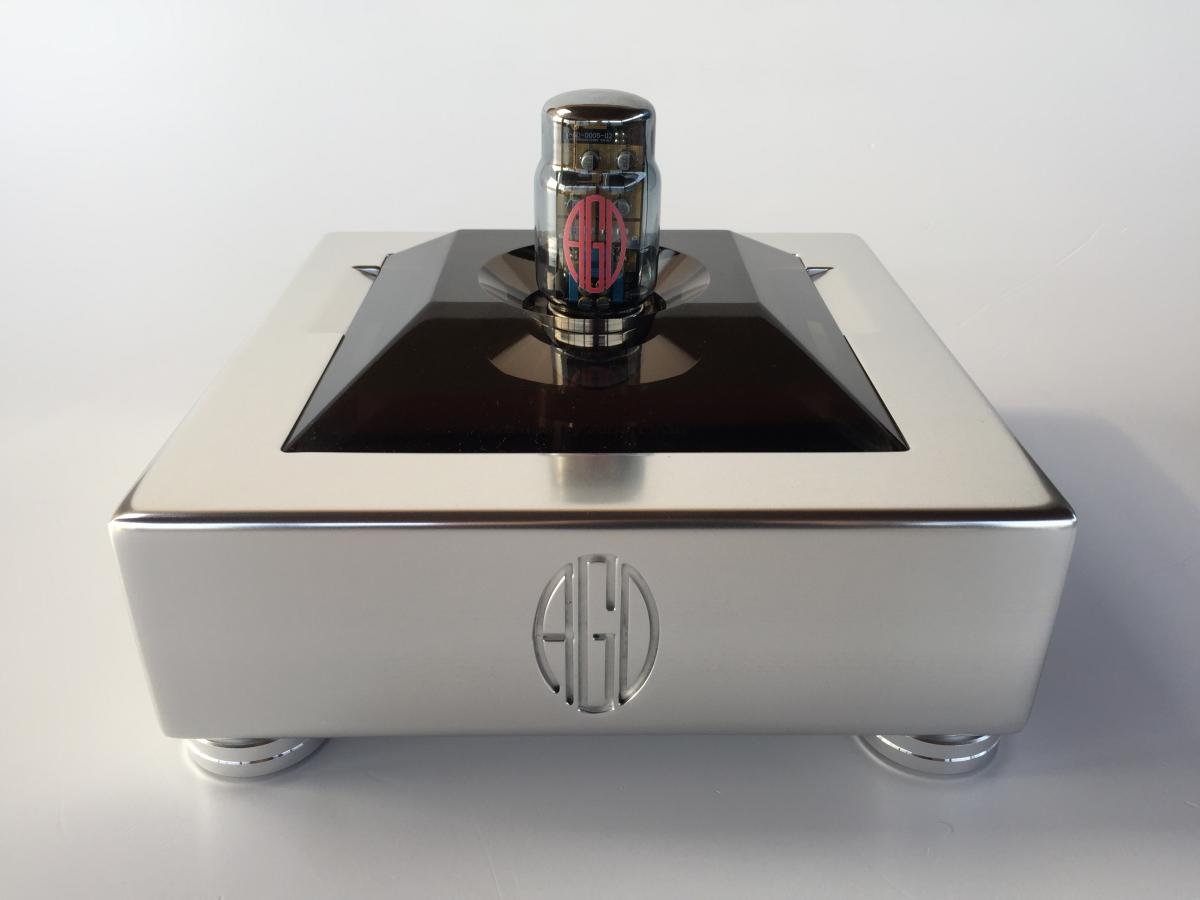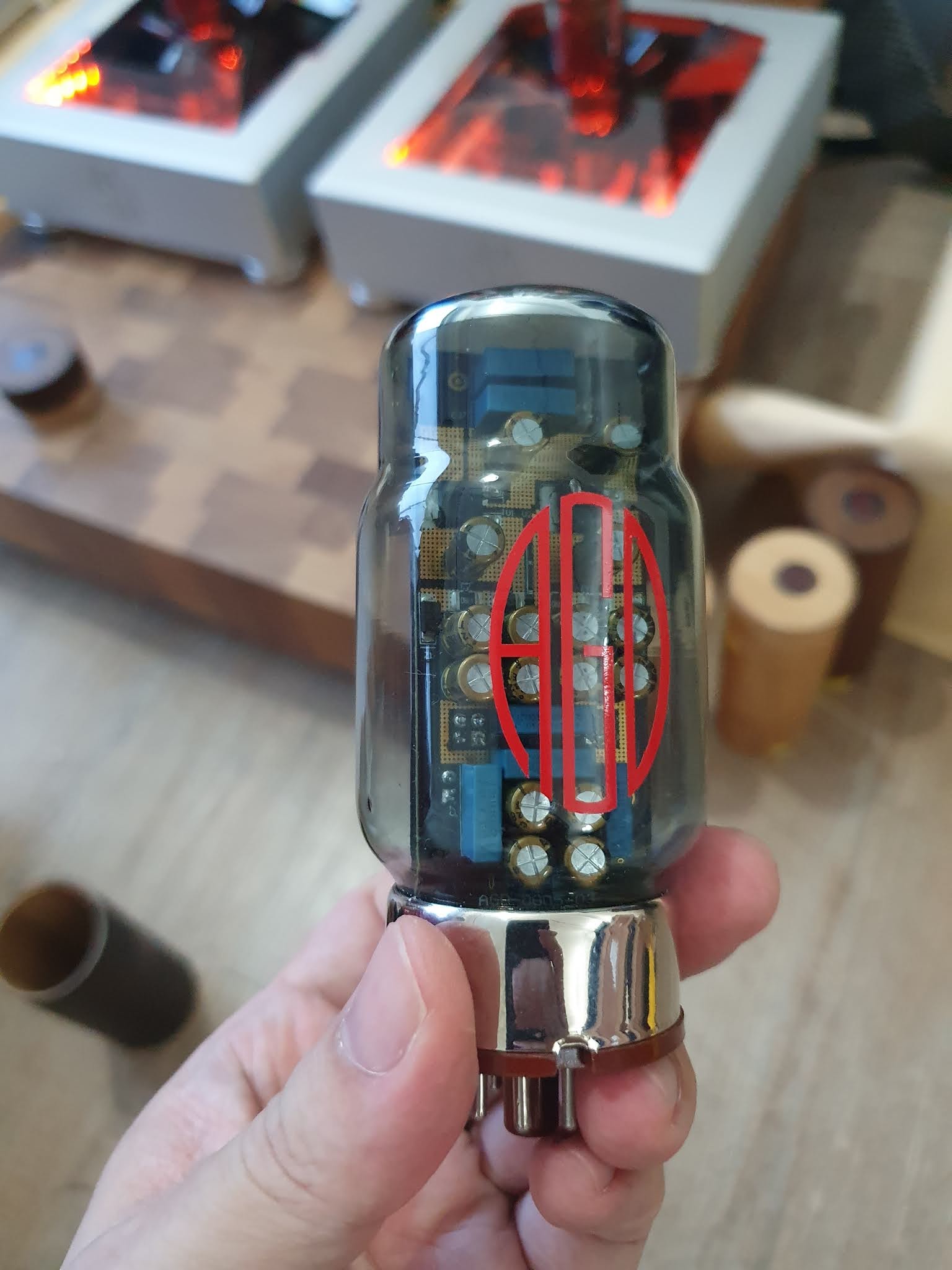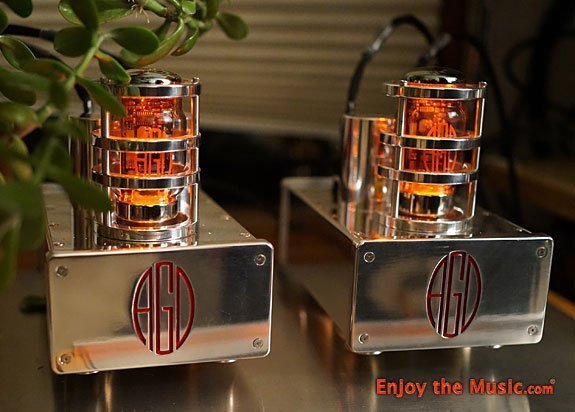You are using an out of date browser. It may not display this or other websites correctly.
You should upgrade or use an alternative browser.
You should upgrade or use an alternative browser.
GAN amplifiers - Are they that good?
- Thread starter thugger
- Start date
Amber Audio
This is the Day
Any links not familiar with the brand.
https://www.agdproduction.com/static/gantube.html


It seems like a gimmick to put a class D solid state amp inside a glass tube. What are the benefits? They seem to be SMD PCBs (already kind of difficult to work on), enclosed in glass?
Is this the HiFi equivalent of a ship in a bottle?


It seems like a gimmick to put a class D solid state amp inside a glass tube. What are the benefits? They seem to be SMD PCBs (already kind of difficult to work on), enclosed in glass?
Is this the HiFi equivalent of a ship in a bottle?
thugger
Wipe that stupid grin off you're face!..
The picture is of the Vivace, which is the mid range model of three. Approx £13k. The model I’m looking at is the Audion which is sold as a pair mono blocks approx £7.5k/pr
GAN is short for Gallium Nitride. A replacement for Silicon in transistors like FETs. They are Class D and I applaud a designer who tries to come up with a look that suggests what he is trying to do with his circuit design, in this case the sound of SETs with the power and control of SS. Reviews so far suggest he may have succeeded.
The Tube lookalikes are the output stages and plug into the amp body which contains the PSU. There are three outputs 125w, 150w & 200w. The lower powers are in KT88 tubes and the 200w models have tubes that look like KT150’s
GAN is short for Gallium Nitride. A replacement for Silicon in transistors like FETs. They are Class D and I applaud a designer who tries to come up with a look that suggests what he is trying to do with his circuit design, in this case the sound of SETs with the power and control of SS. Reviews so far suggest he may have succeeded.
The Tube lookalikes are the output stages and plug into the amp body which contains the PSU. There are three outputs 125w, 150w & 200w. The lower powers are in KT88 tubes and the 200w models have tubes that look like KT150’s
S-Man
StrivingON
Funny that Samsung used GaN devices in class D amps for consumer applications quite a few years ago. The intention was to increase the switching frequency over what was achievable with Si mosfets in order to achieve lower distortion and thereby get nearer to the performance of class A/B amps.
Noah must be about 21 years old now. He would been about 8 when GaN started to be used commercially in power switches.
Apologies - I was thinking in terms of lab' investigations of 30-40 years ago.
thugger
Wipe that stupid grin off you're face!..
I would agree Woodface if visual appeal and pride of ownership were not a thing, but they are and I for one applaud designer’s that try new things. One man’s gimmick is another man’s visual treat. To each their own...A totally daft gimmick which can only add to the cost of the amp for no real benefit.
thugger
Wipe that stupid grin off you're face!..

There a review on You tube. OCD hifi guy compares against class A valve amps and suggests the APG are better.
Image of the smallest AGD’s called the Audion.The picture is of the Vivace, which is the mid range model of three. Approx £13k. The model I’m looking at is the Audion which is sold as a pair mono blocks approx £7.5k/pr
GAN is short for Gallium Nitride. A replacement for Silicon in transistors like FETs. They are Class D and I applaud a designer who tries to come up with a look that suggests what he is trying to do with his circuit design, in this case the sound of SETs with the power and control of SS. Reviews so far suggest he may have succeeded.
The Tube lookalikes are the output stages and plug into the amp body which contains the PSU. There are three outputs 125w, 150w & 200w. The lower powers are in KT88 tubes and the 200w models have tubes that look like KT150’s
paulfromcamden
Baffled
It seems like a gimmick to put a class D solid state amp inside a glass tube. What are the benefits? They seem to be SMD PCBs (already kind of difficult to work on), enclosed in glass?
Is this the HiFi equivalent of a ship in a bottle?
New one on me - it does indeed to this layman look like a class D amp in a bottle. Can some explain what's going on in idiot-proof terms please?
thugger
Wipe that stupid grin off you're face!..
I believe the designer liked the visual play of the class D circuit in a tube while trying to get the tube sonic signature also. One upshot is that he also used the standard tube base connector, which enables the output circuit to be swapped out like real tubes. They are already in mk2 variants and future improvements, if they come along, can be swapped in. A possible cheap upgrade path.
Clever, I think...
Clever, I think...
To me that is not a standard FR4 pcb but just Vero board used on RD work and DIY projects.
https://uk.farnell.com/vero/01-0042/veroboard-179-07x454-66mm/dp/1536942
https://uk.farnell.com/vero/01-0042/veroboard-179-07x454-66mm/dp/1536942
I believe the designer liked the visual play of the class D circuit in a tube while trying to get the tube sonic signature also. One upshot is that he also used the standard tube base connector, which enables the output circuit to be swapped out like real tubes. They are already in mk2 variants and future improvements, if they come along, can be swapped in. A possible cheap upgrade path.
Clever, I think...
Done in the 1970,s by RCA.
They use FET then also.
Arkless Electronics
Trade: Amp design and repairs.
OMG!! I've seen everything now.... Wouldn't want it for free!

